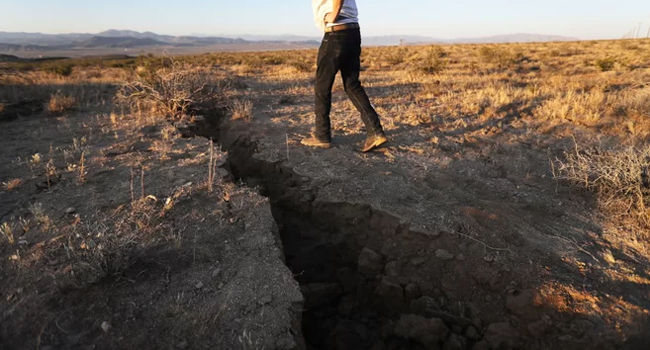What Is Fault In Science? Meaning And Types Of Fault
WHAT IS FAULT IN SCIENCE – In this lesson we will now ask ourselves “What is fault in science?”, the meaning of fault and the three types of fault.

Meaning
A fault, also known as a geological fault is basically a crack in the Earth’s crust. They are usually associated with the borders between the tectonic plates of the Earth or form with them.
An active fault involves moving the parts of the Earth’s crust over time which can cause earthquakes, big or small. On the other hand, inactive faults can move at one time and will never move again.
Types of Faults
The motion along a fault depends on the type of fault. Here are the following types:
1. Normal Dip-Slip Fault

Normal ones occur in areas where the rocks pull apart in order for the rocky crust to be able to take up more space. One side of the rock is moved downward while the other side is moved up. Normal faults do not create an overhanging ledge and you can walk on the exposed area of the fault.
2. Reverse Dip-Slip Fault

Reverse faults often occur in areas where two rocks are pushed together so that the crust take less space. One side of the rock is pushed downward while the other side is pushed up. Unlike normal faults, the exposed area of the fault is an overhang ledge, thus, you cannot simply walk on it. A special type of reverse fault called thrust faults occur when the angle of the fault is very low.
3. Transform or Strike-slip Faults

A kind of fault where the movement is horizontal with the block of rock on one side is moving in one direction while the other block is moving in the other direction. Transform faults neither make overhang cliffs nor create fault scarps since they are not moving up or down with each other.
READ ALSO – TRANSLUCENT EXAMPLES – Examples Of A Translucent Object
